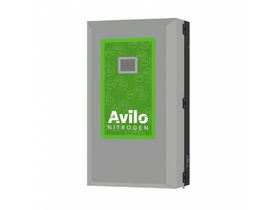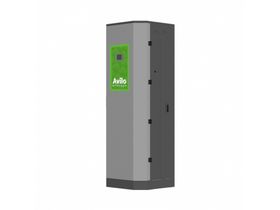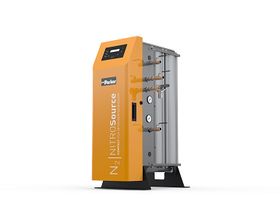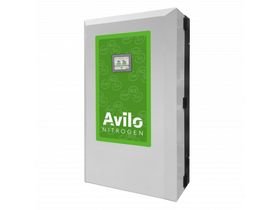Pest control through fumigation with nitrogen is an effective way to eliminate various types of pests in a specific environment. Fumigation is a method where a sealed space is filled with gas to kill existing insects, fungi, bacteria, and other harmful organisms. In nitrogen fumigation, the space is filled with nitrogen gas, which is a safe and environmentally friendly alternative to other pest control methods.
Fumigation Using Nitrogen
Nitrogen is a gas that occurs naturally in the atmosphere and is non-toxic in its pure form. When nitrogen is used for fumigation, the gas is pumped into high concentrations into the space containing the products to be treated. The nitrogen displaces oxygen from the air, creating an oxygen-poor environment that is harmful to insects and other organisms that need oxygen to survive.
Nitrogen fumigation is an effective method for controlling various types of pests. It can also be used to kill fungi and bacteria that have settled in food storage areas and other spaces.
This technique is widely used in grain silos, where it is crucial to keep insects and fungi out of stored crops without compromising food safety. Additionally, nitrogen fumigation is also utilized in the art world.
Nitrogen Fumigation in Grain Silos
Fumigation in silos is a common method for protecting stored grain and other agricultural products from insects, fungi, and other harmful organisms. This process involves releasing the fumigant, nitrogen with a residual oxygen level of 1% or less, into the sealed space of the silo. The gas penetrates all parts of the storage and kills the existing organisms. Fumigation is effective because it not only destroys adult insects but also the eggs and larvae that may be present in the grain.
Therefore, it is essential that silos are well-sealed and that fumigation is carried out by trained professionals.
Fumigation in silos is a critical step in maintaining the quality and safety of stored agricultural products, especially in large quantities where traditional methods like insecticides may not be sufficiently effective.
Nitrogen Fumigation for Art Preservation
Nitrogen fumigation is an effective technique for conserving and protecting antiques and artworks from harmful insects and fungi. It is a process where nitrogen gas is injected into a sealed space to displace all oxygen, making the environment unsuitable for the growth and development of insects and fungi that can damage artworks and antiques.
This technique is often used in museums, art galleries, and archives, where artworks or antique objects are placed in a sealed chamber or flexible bag, and nitrogen gas is injected. The process can take from a few days to several weeks, depending on the size and complexity of the objects to be treated.
Moreover, nitrogen fumigation is an extremely effective way to prevent damage to artworks, as it creates a safe, sealed environment where insects and fungi cannot survive. Therefore, there is no need to use chemical agents that can sometimes be harmful to the objects themselves.
It is thus an important part of the preservation and restoration of antiques and art and can help to keep these objects safe for future generations.
 EN
EN
 NL
NL





